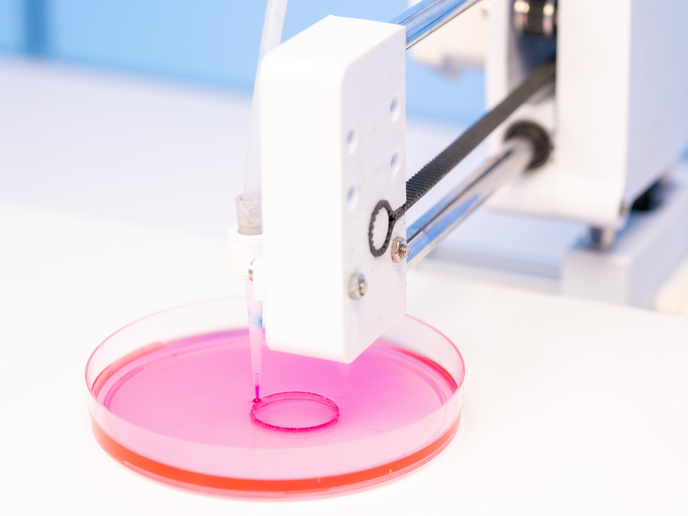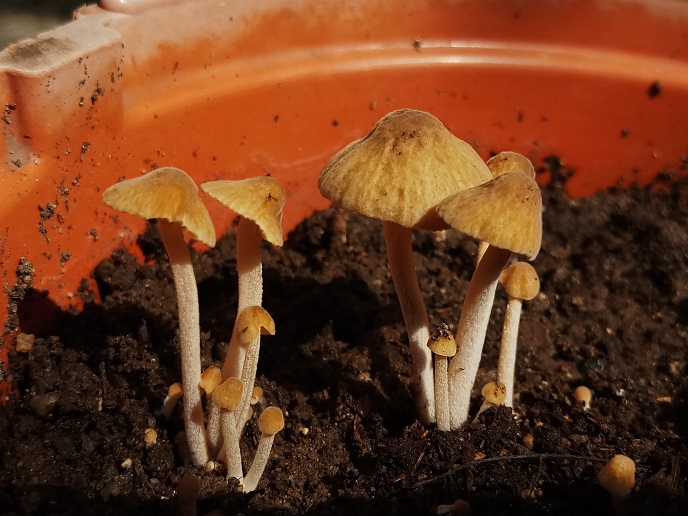New synthetic polymer alternatives for 3D bioprinting
When it comes to treating disease or an injury, medicine often turns to tissue scaffolds. “Much like the scaffolding used in construction, tissue scaffolds help cells build functional tissue,” says Robert Denis Murphy(opens in new window), a research fellow at the Royal College of Surgeons in Ireland(opens in new window). To safely facilitate this cell growth and tissue formation, tissue scaffolds are typically microscopic and nanostructured, and must always be biocompatible. “Hydrogel biopolymers tick all these boxes,” adds Murphy. Hydrogel biopolymers are polymers derived from natural sources and are considered non-toxic, biocompatible, biodegradable and cost-effective. Yet despite their potential, the current hydrogel biopolymer library remains rather limited. Helping overcome this limitation is the EU-funded BioSMaLL project. “The overarching aim of the project was to overcome the limitations of currently used hydrogel biopolymers in 3D printing by providing new synthetic polymer alternatives,” explains Murphy, who coordinated the project. A significant part of the project was hosted in the laboratory of Craig J. Hawker(opens in new window), a professor at the University of California, Santa Barbara(opens in new window).
Optimising the polymer platforms for 3D printing
The project, which received support from the Marie Skłodowska-Curie Actions(opens in new window) programme, set out to create polymers with defined chemical structures and offering high batch-to-batch reproducibility and controllable mechanical properties. Researchers also looked to embed these polymers with light responsive functionalities, allowing them to rapidly change their mechanical properties from soft to hard or liquid to solid. But like many research projects, the BioSMaLL team quickly realised that doing this was easier said than done. “The biggest issue the project faced was optimising the polymer platforms for 3D printing, which was no trivial task,” notes Murphy. “As these materials have not been explored for such use, there was a rather steep learning curve to being able to chemically engineer the materials for adaptability with 3D printing.”
Breakthroughs in bacterial bioprinting
In total, the project produced two innovative polymer platforms. In collaboration with experts from the U.S. Army Engineer Research and Development Center(opens in new window) (ERDC), the first platform involved genetically engineered bacteria being embedded within hydrogels, which were then used to 3D-print living biocomposite materials. “Bacterial bioprinting is an area of research that is largely underexplored but that has huge potential for use in such biotechnology applications as biosensing and bioremediation,” remarks Murphy. BioSMaLL’s work is one of only a few studies to date on biocomposite 3D printing with bacteria, and the first to analyse how the mechanical strength of the hydrogels affects bacterial growth. The second platform featured polymer hydrogels whose mechanical properties and thus 3D printability could be tailored via a change in the polymer’s architecture. Both platforms have been demonstrated to be biologically compatible with living cell systems.
Inspiring the next generation of hydrogel design
With the project now over, Murphy says he hopes his work will help expand the use of polymer hydrogels in 3D bioprinting. “I believe the BioSMaLL project will inspire the next generation of hydrogel design, which will impact not only research, but also industry and particularly medicine,” he concludes. Inspired by his own work, Murphy is currently working on new advancements in the area of novel materials for 3D printing, with a view towards commercialising such solutions for use in biomedicine applications.







